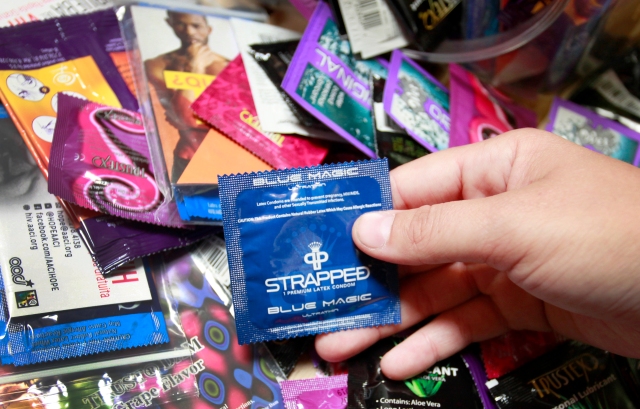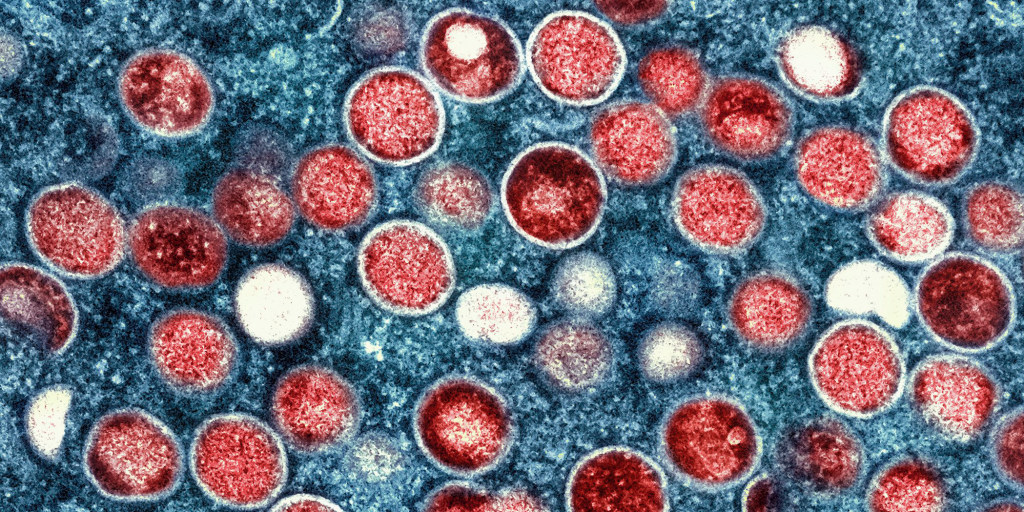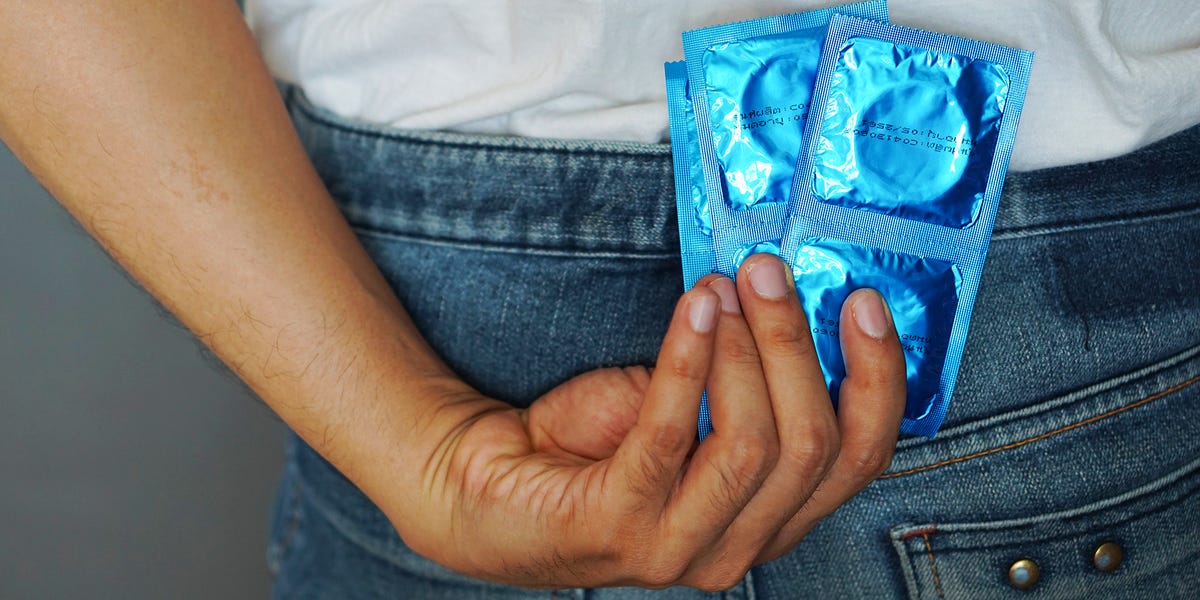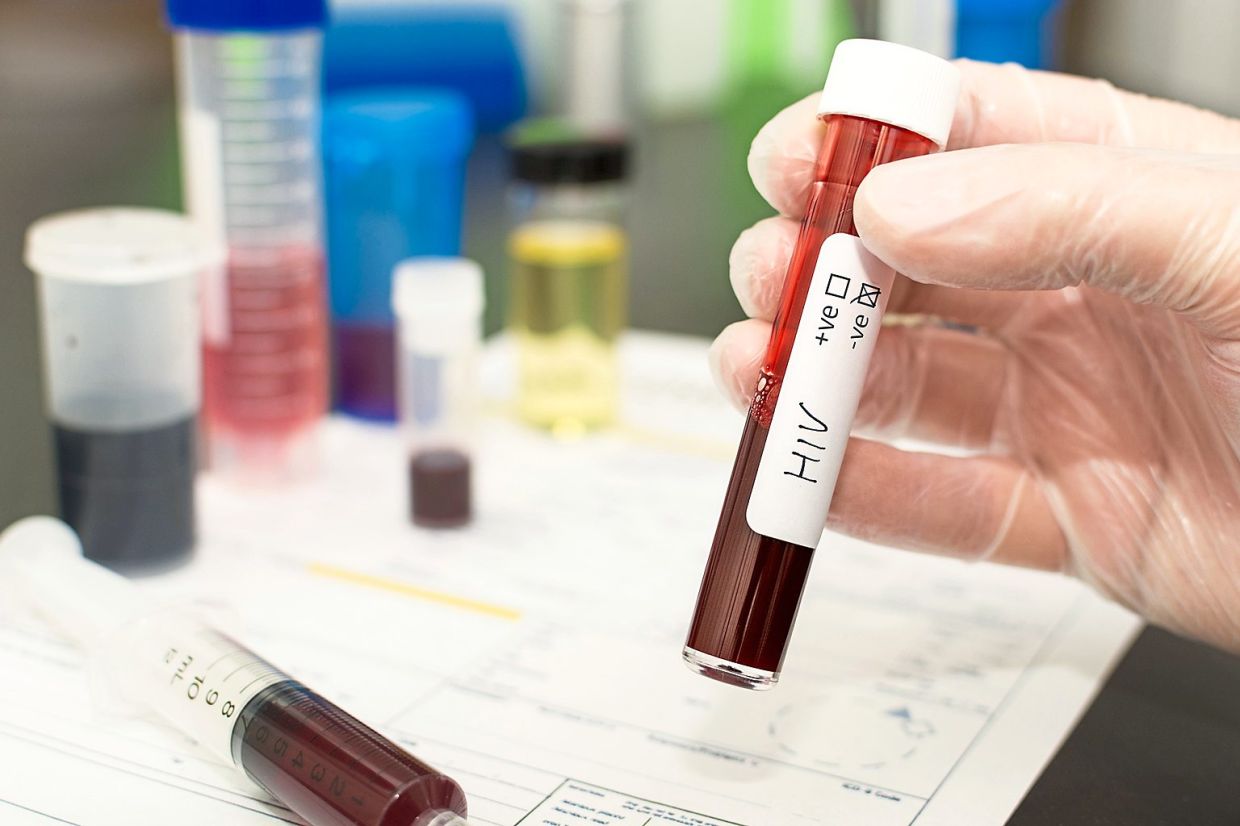Californians need to talk about teens and sex.
Specifically, why the state should require public and charter schools to make condoms available to all teenagers by the start of the 2024-25 school year — no questions asked — and why it should fund vaccinations for our youth against a sexually transmitted virus at the root of a rapidly increasing cancer.
It’s naive to believe that preaching abstinence will prevent students from having sex. It’s also wrong to think that making condoms available to students will lead to more sexual activity among teens. The Centers for Disease Control’s research has shown that condom availability programs do not increase sexual activity among teens. But they do increase condom use among those who are sexually active.
State Sen. Caroline Menjivar, D-Panorama City, notes that teenagers too often face barriers when trying to obtain condoms and information about their proper use. When youth don’t have access to money or transportation to purchase condoms, they are more likely to have unprotected sex, leading to unwanted pregnancies and sexually transmitted diseases.
That’s why she has introduced Senate Bill 541 that would ensure that all students in grades 7 to 12 have access to free condoms. The legislation would also require schools to post prominent notice of how students can access comprehensive sexual health and HIV prevention education.
And, importantly, SB 541 would require that the state cover the costs of human papillomavirus (HPV) vaccinations for children under 18. According to the CDC, HPV is thought to be responsible for 91% of cervical cancers, 75% of vaginal cancers, 69% of vulvar cancers, 63% of penile cancers, 91% of anal cancers and 70% of throat cancers.
The HPV epidemic affects men and women, but it is preventable with a vaccine. Currently, vaccination against HPV is recommended by the Centers for Disease Control for children and young adults ages 9-26. The vaccination includes a series of two or three injections; the side effects are mild.
Ideally, the vaccinations should be administered before someone becomes sexually active. That’s because HPV is spread via sexual activity. Unfortunately, HPV vaccination rates dropped significantly during the pandemic. We need to reverse that. The cost of the vaccine pales in comparison to the cost of later cancer treatment.
Meanwhile, in 2019, the CDC reported that an estimated 20% of California high school students were sexually active, but 47% reported that they did not use condoms the last time they had sex. Sexually transmitted infections have been on the rise in the United States, hitting all-time highs in California for six years in a row.
Manjivar notes that 1 in 5 individuals have contracted a sexually transmitted infection and that 50% of those are between the ages of 15 and 24. Young people make up more than 50% of chlamydia cases in California, and more than 87% of those are youth of color.
Health experts note that untreated infections can result in serious long-term health problems. The CDC reports that about 24,000 women every year become infertile due to a sexually transmitted disease.
Manjivar’s bill passed the Senate Education Committee on Wednesday and will be heard later this month by the Senate Health Committee. Oakland, Los Angeles and San Francisco school districts all provide access to condoms. The Legislature should pass SB 541 and help make free condoms and HPV vaccination available to all California teens in public schools.
Discovered on: 2023-04-02 12:25:00
Source: Make condoms available at California’s public schools



